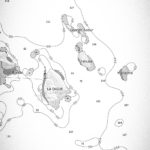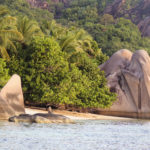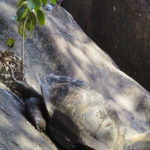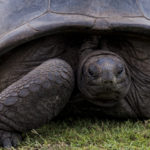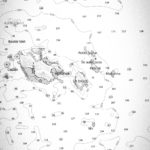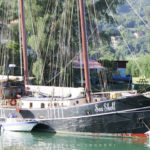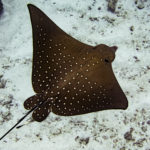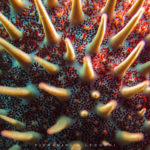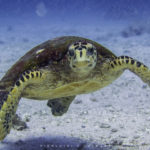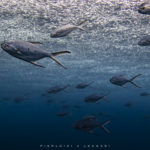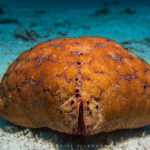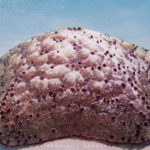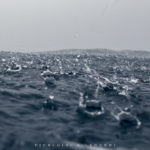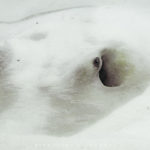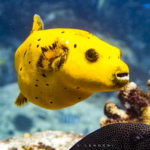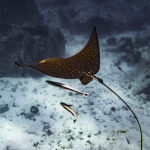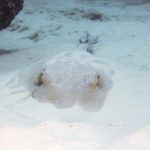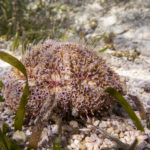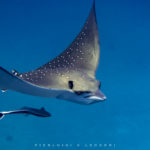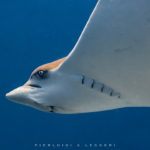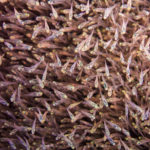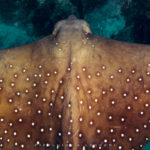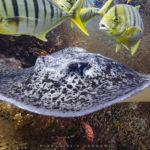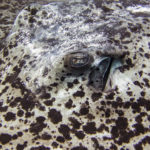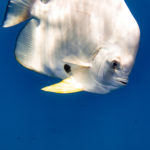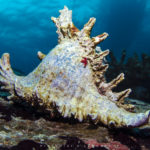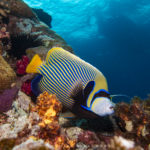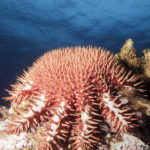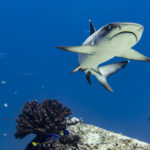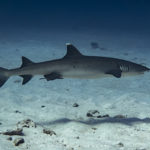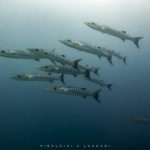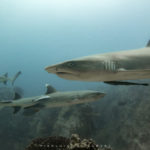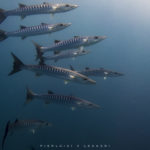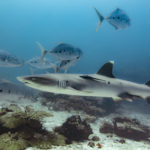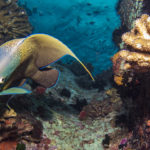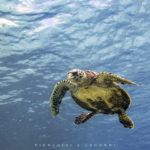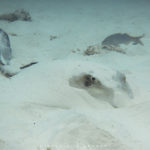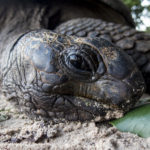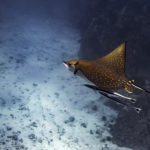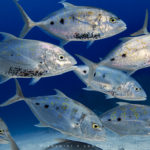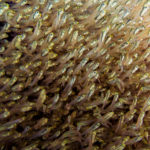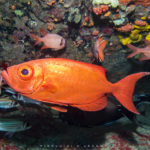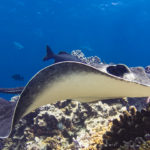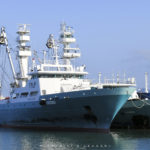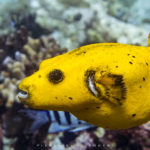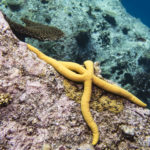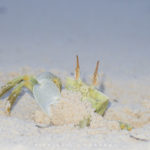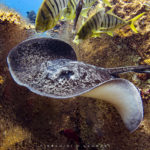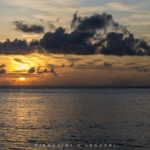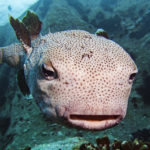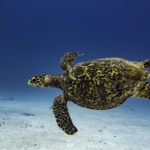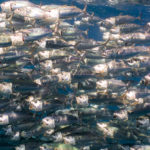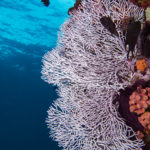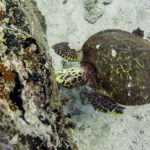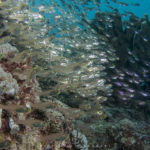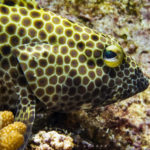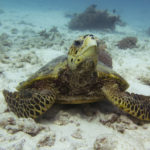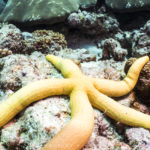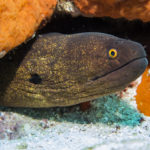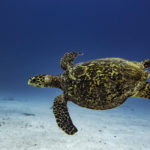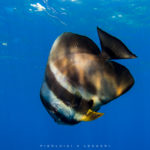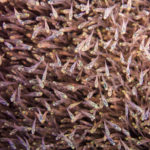The Seychelles, a tropical paradise known for its scenery of granite and forest hills, white beaches and endless ocean.
The main economic resource of the archipelago is tourism because it is impossible to remain indifferent by the nature of these islands.
Among all the islands, La Digue intrigues me: the most remote and the wildest.This island is almost completely foreign to the industrialization of landscapes.
Few resorts, several guest houses, unlit and unpaved roads.
Man and nature seem to be well integrated: life is slow, calm and follows the rhythm of sunlight.
This is my ideal outpost for exploring the outermost seabed of this archipelago.
This is my ideal outpost for exploring the outermost seabed of this archipelago
Here I have found a great variety of species and morphologies of the seabed that I had never seen before: isolated granite mountains encrusted by corals, sponges and other inhabitants of this ocean.
No depth here … at least in the areas where I managed to get me from local diving. Maximum 20-25 meters.
But in this place the extreme is to find shallows and rocks that are out of the ordinary dive sites.
I chose January which is characterized by a non-optimal visibility in water. I love these environmental conditions because they make the challenge more difficult and then because, in this sea, low visibility is the ideal environment for the whale shark that nourishes itself on the surface and I have never seen a specimen nearly. That would be a challenge!
Even the weather is not clement and I find myself in a storm in the middle of the sea. I can’t see more than a few meters from me because of the violence of the rain.
In the water, however, the situation changes and the storm creates a unique scene for my eyes only. I have the camera between my hands and so I can take some pictures to this unusual scenario.
In the southern part of the island there is a beautiful coast: an alternation of small white sandy beaches and tropical forest on granite hills.
I remain enchanted, but it is time to explore the southern seabed. There is no one inside the sea and it is a unique opportunity.
Here the seabed is sandy, white like the beach. And as soon as I dive I meet the King of this place: a big shelved Roughtail Stingray, it is broader than me with open arms! It shows me a hostile attitude, in the end I’m here invading his kingdom without asking permission and when I came near to photograph it, it raised its tail with the poisonous aculeus to remind me that below it is the one which does the laws!
In the following days I managed to visit a granite agglomeration miles away from the harbor, here I feel at home.
Very high depths that suddenly rise again. There are fishes and there are predators
Carousels of reef sharks, all intriged about my presence. Along with them, there are great barracudas in formation, interested to visit these submerged rocks too.
I move myself to the outer coast of one of the uninhabited islands that are around La Digue, beautiful and wild: the island of Marianne.
I’m surrounded by nature and she shows herself to me cruel and wild with her laws. A messy and frantic school of glassfish becomes the subject of predation by various stingray some of them very large, and a number of other predators, all against this cloud of small fishes. A symbolic scene of the Food Chain, which I did not dare to interrupt and which I was able to observe as a privileged spectator.


